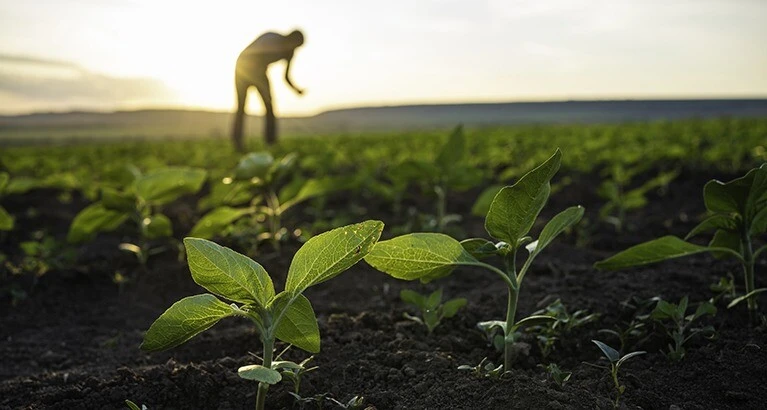As pressures on ecosystems grow and nature-related risks are increasingly impacting global markets, a deeper understanding is urgently needed. A competition, launched in April 2024, saw 147 innovative proposals submitted. Successful projects were developed further at a Cambridge workshop, with the final showcase of the completed research taking place In May 2025.
The selected projects range in theme from the role of offsets in mitigation, measurement of biodiversity exposures and interactions between physical climate risk and biodiversity, to the role of startup funding and the risks in specific sectors like commodities, real estate and agriculture.
Watch the video: Biodiversity and financial economics – building a research agenda for the future
The journey will culminate in a Review of Finance Special Issue on Biodiversity and Natural Resource Finance in 2026, edited by Marcin Kacperczyk (Professor of Finance at Imperial College London and Managing Editor at the Review of Finance), Elroy Dimson (Professor of Finance at Cambridge Judge Business School and Chairman of the Centre for Endowment Asset Management) and Laura Starks (Professor of Finance at the McCombs School of Business, University of Texas at Austin).
Essential research to deepen understanding of biodiversity
Nature finance examines how financial systems, markets, and investment decisions can contribute to the protection and restoration of environmental assets, biodiversity, and ecosystems. As this field grows in importance, rigorous academic research is essential to deepen understanding and guide our development of knowledge.
“Biodiversity richness and the abundance of natural resources are central to economic prosperity and to cultural and genetic heritage,” says Professor Marcin Kacperczyk. “The field of research linking these areas to the study of capital markets and financial economics is still relatively nascent. More work is needed here and it’s my hope that this initiative and the upcoming Special Issue drives discussion and output of further high-quality research in this space.”
“This rigorous competition has produced some excellent research on biodiversity and natural resource finance, and encouraged deeper thinking on these important areas,” says Professor Laura Starks. “The upcoming Special Issue of the Review of Finance will be an important publication that is sure to spur further research on these topics in the years to come.”
The initiative is supported by the European Finance Association, the McCombs School of Business at The University of Texas at Austin, and Norges Bank Investment Management, in addition to the Centre for Endowment Asset Management (CEAM) and the Review of Finance.
From real estate to startups, a variety of biodiversity projects
The projects that have been successful in securing a place in the Special Issue examine:
- The relationship between biodiversity and US residential and agricultural real estate, how this can be quantified and the impact of biodiversity loss on property prices.
- The first large-scale empirical assessment of whether voluntary carbon-offset projects yield measurable improvement in biodiversity outcomes.
- Whether biodiversity-related transition risks are priced in global commodity markets and if commodities with higher biodiversity risk command a premium.
- The unique challenges in funding biodiversity start-ups, and insights for mobilising private capital through hybrid financing models and strategic communication.
- The financial value of mangroves forests, a nature-based solution, in protecting residential property values in hurricane affected areas of Florida.
- How companies perceive, respond to and engage with investors on nature-related risks.
- How firms’ participation in voluntary carbon markets influences investor behaviour.
- An empirical evaluation of whether public financing of biodiversity projects leads to measurable improvements in biodiversity outcomes across Europe.
- Construction of firm-level nature dependency scores for listed firms and what it means for risk, disclosure and investor behaviour.
- Development of a corporate biodiversity risk metric based on proximity of production sites to protected areas.
- Development of a news-based measure of aggregate biodiversity risk demonstrating biodiversity risk varies substantially across industries and are distinct from exposures to climate risk.
Academics represented in the shortlist come from all over the world, including Yale, Pennsylvania State University, Columbia, UC Santa Cruz and Cornell University in the US, McCaster and York University in Canada, Imperial and Bristol University in the UK, Auckland University in New Zealand, the University of Zurich in Switzerland and Toulouse Business School in France.
Featured faculty
Elroy Dimson
Professor of Finance
Chairman of the Centre for Endowment Asset Management (CEAM)






